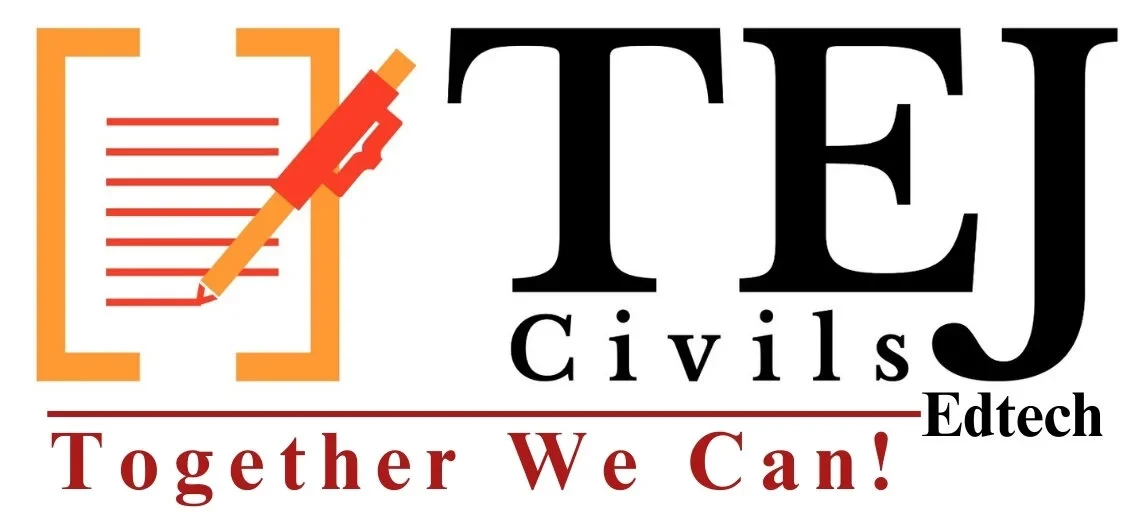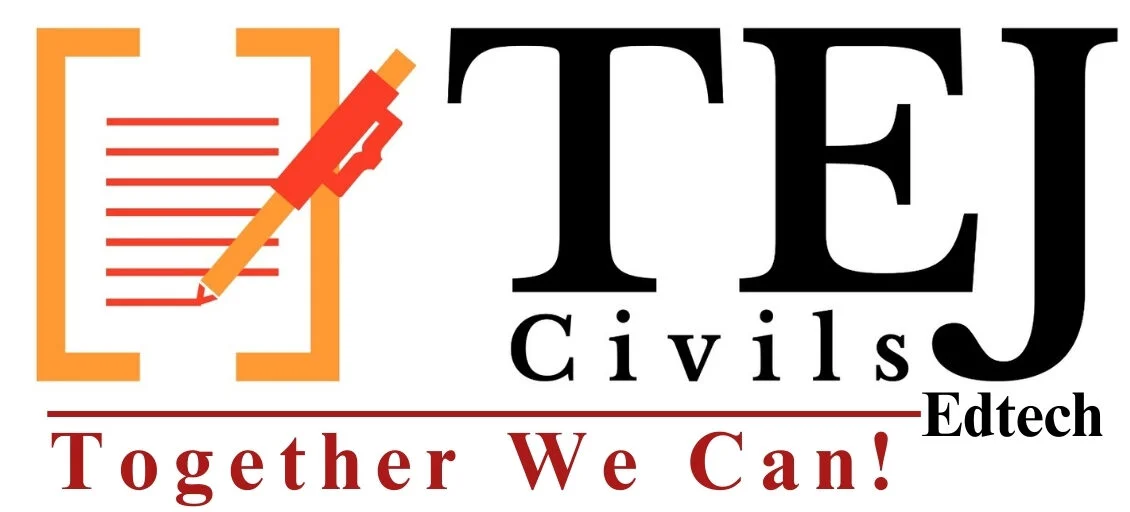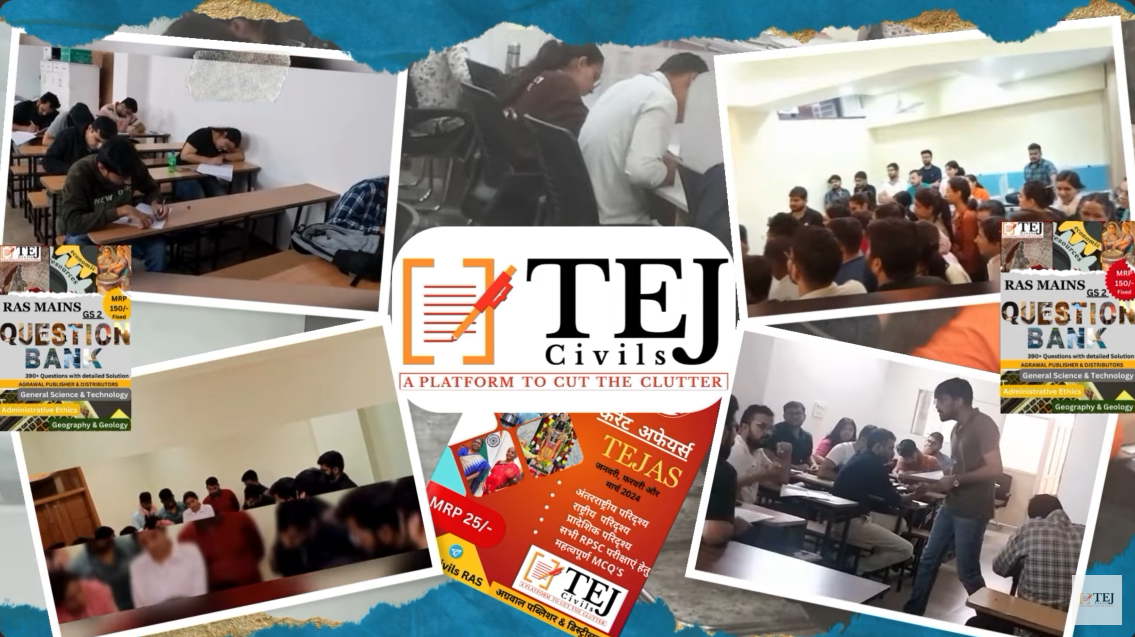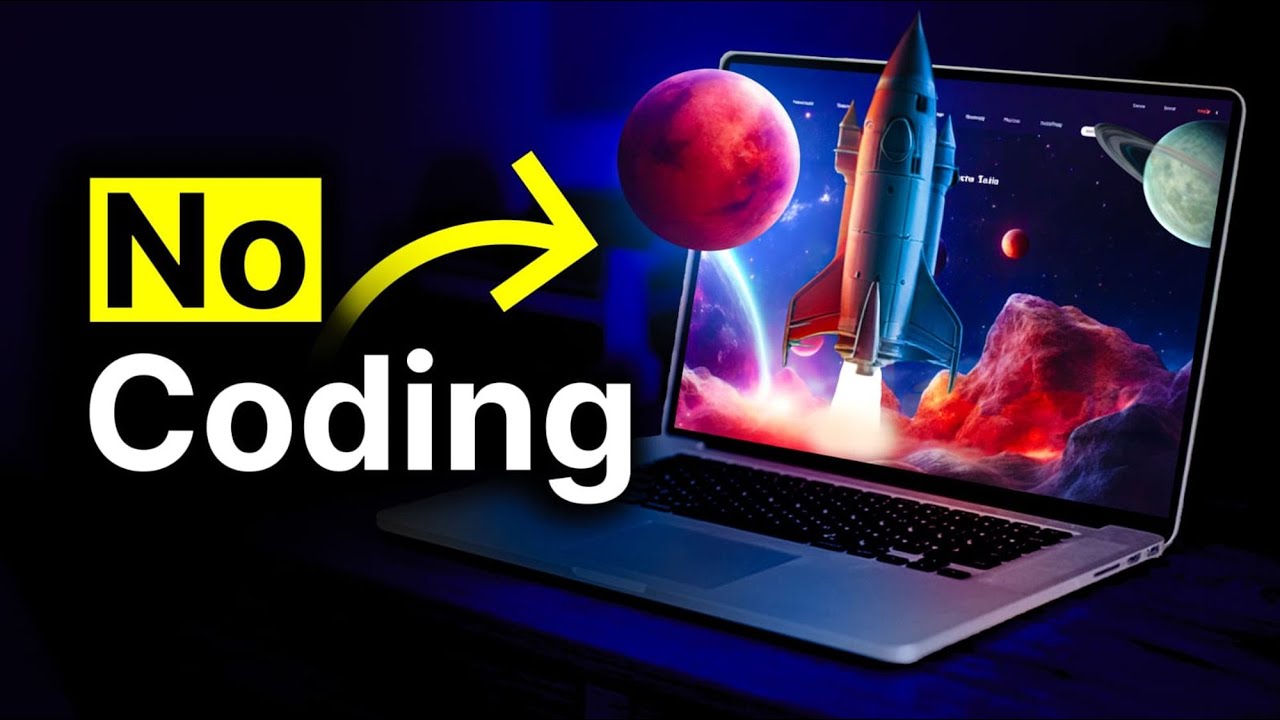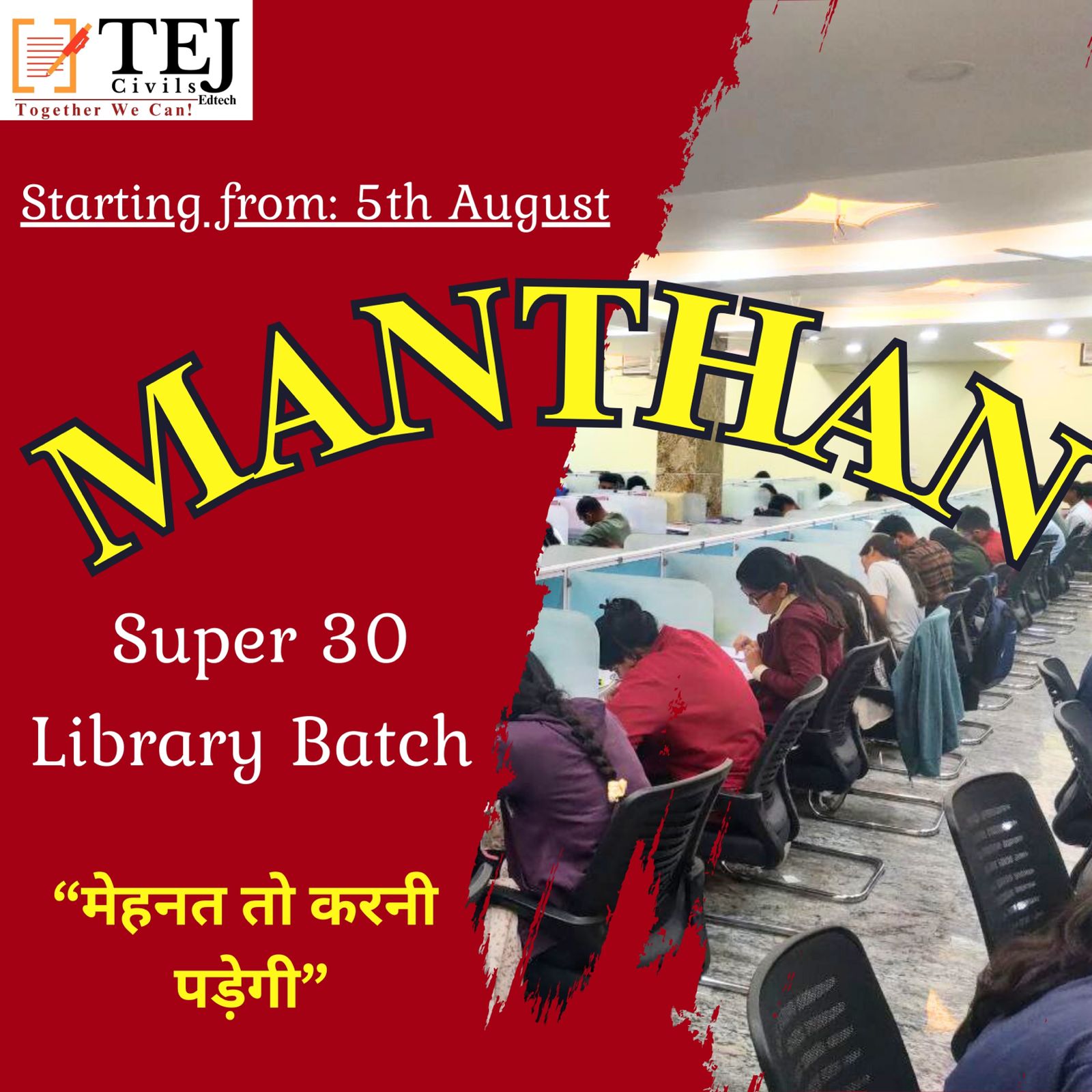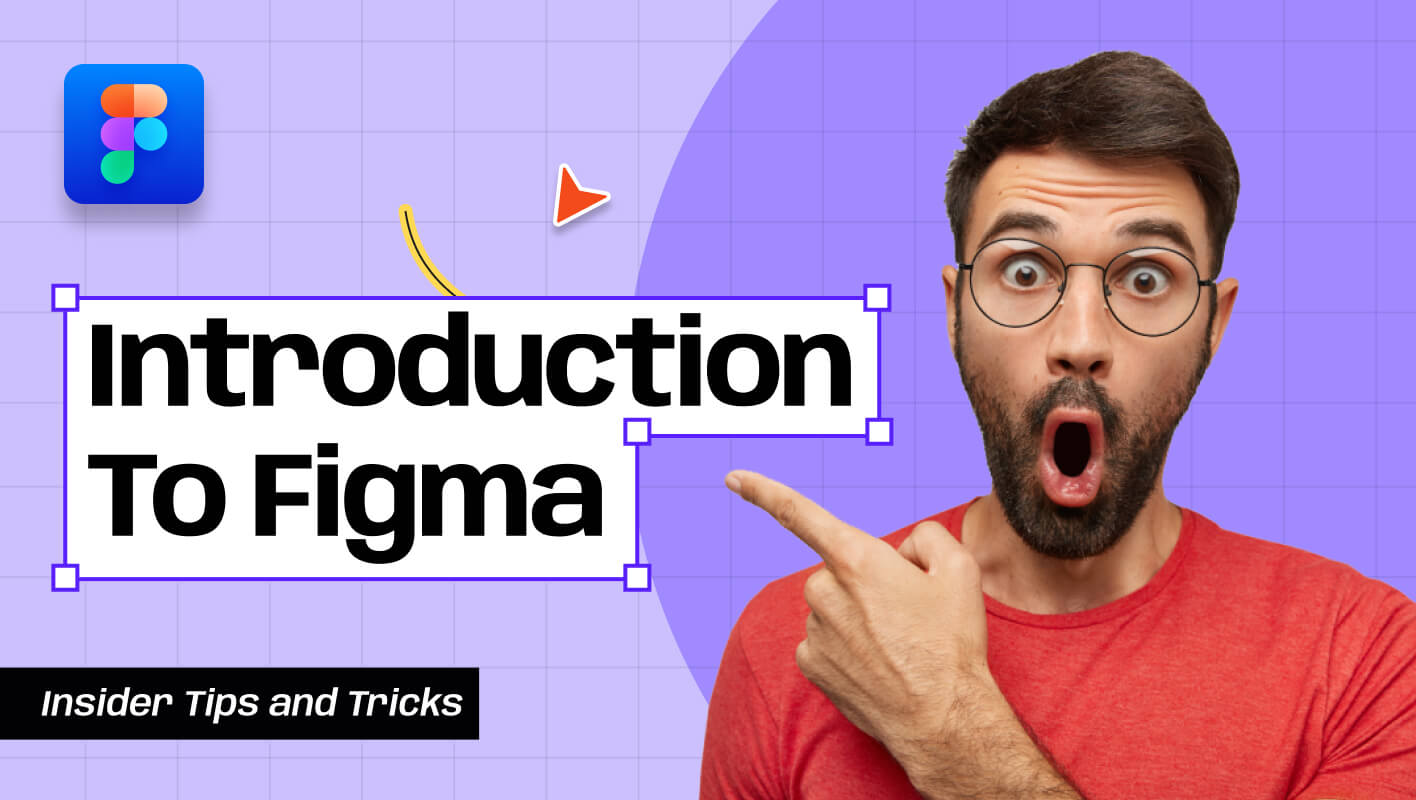Supreme Court Ruling on Judicial Appointments
Supreme Court Ruling on Judicial Appointments (Himachal Pradesh HC Case)
Case:
Himachal Pradesh HC collegium recommended two judges for elevation in Dec 2022. SC collegium requested reconsideration, prompting a review.
Issue:
Two initially recommended judges challenged the decision, claiming their seniority was overlooked.
SC Ruling:
The Supreme Court reviewed the process of "effective consultation" and held that consultation must involve collective decision-making by the Chief Justice and two senior-most judges of the HC. SC stressed the need for procedural adherence in judicial appointments, ensuring transparency and fairness.
Procedure for Appointment of High Court Judges
Collegium System:
Established via Second Judges Case (1993) and Third Judges Case (1998). The Chief Justice of India (CJI) and two senior-most SC judges recommend appointments. The process involves consultation with the concerned HC Chief Justice and senior HC judges.
Memorandum of Procedure (MoP):
Recommendations are made by the HC collegium and reviewed by the central government, but final approval rests with the President. The government's role is limited to delaying or raising concerns.
Collegium System of Judicial Appointments
About:
Appointment and transfer of SC and HC judges are handled through the collegium system, which evolved through SC judgments.
Key Cases:
- First Judges Case (1981): Gave primacy to the executive.
- Second Judges Case (1993): Introduced the collegium system, making SC's recommendations binding.
- Third Judges Case (1998): Expanded the collegium to a 5-member body, defining conditions for challenging recommendations.
Demerits of the Collegium System
- Lack of transparency and public insight.
- Potential for nepotism (Uncle Judge syndrome).
- Delays and inefficiency due to the absence of a permanent appointments commission.
